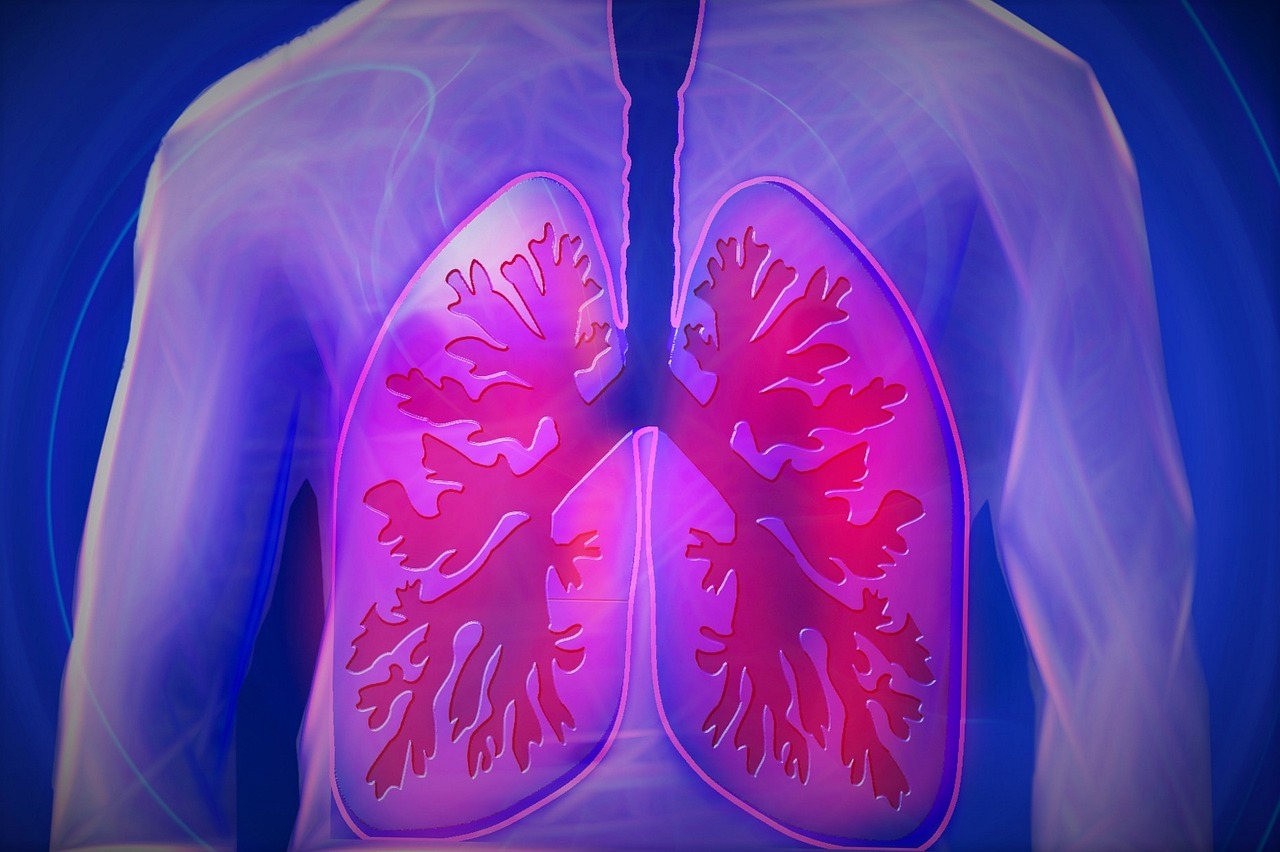
5 Tips to Manage COPD Symptoms
With November being National COPD Awareness Month, we thought it would be fitting to delve into the topic of how to manage COPD symptoms during end-of-life care in San Francisco and elsewhere. COPD is short for chronic obstructive pulmonary disease and is a group of diseases that result in airflow blockage and breathing-related problems such as emphysema and chronic bronchitis. More than 15 million Americans suffer from COPD and more than 150,000 Americans die of COPD each year (one death every four minutes), according to the CDC.
COPD most commonly affects older adults, with women suffering from it more than men in general. Here are some tips on how to manage COPD symptoms.
1. Quit Smoking
Smoking accounts for 85 to 90 percent of all COPD cases, says Medical News Today. It’s also responsible for eight out of 10 COPD-related deaths. Tobacco use increases the rate of disease progression and can lead to serious flare-ups of this condition, possibly leading to treatment failure, hospitalization, and even death. Smoking cessation is the only way to slow the progression of COPD and help people maintain remaining lung function.
2. Get Vaccinated
Those with COPD have a higher risk of severe disease from infections like the flu, COVID-19, and pneumonia. Vaccines are especially important in those with COPD because:
- They are more likely to experience complications from the flu.
- COPD and asthma cause the airways to swell and get blocked with mucus, making it difficult to breathe.
- Vaccines are the best way to protect your health if you have COPD, even when taking prescription meds for it.
- Immunization offers the best protection against vaccine-preventable diseases.
3. Get Regular Exercise
Exercising regularly improves lung capacity and strengthens muscles that support lung functioning. Even mild exercise such as walking a few times a week can help. It helps to improve circulation and aids the body in better using oxygen. When you build up your energy levels, you are able to do more activities without getting tired or short of breath. Exercise helps you:
- Improve COPD symptoms
- Boost circulation
- Build energy levels
- Strengthen the cardiovascular system
- Increase endurance
- Decrease blood pressure
- Improve muscle tone and strength
- Improve balance and flexibility of joints
- Strengthen bones
- Reduce body fat so you can maintain a healthy weight
- Reduce tension, anxiety, stress, and depression
- Boost self-image
- Improve restful sleep
4. Change Living or Working Environments
Exposure to irritants and pollutants (i.e., chemicals or dust) at work or home may worsen COPD symptoms. The air you breathe in every day, whether at home, outside, or at work, plays a role in the development of COPD as well as its severity once you have it. Long-term exposure to secondhand smoke, air pollution, fumes, and chemicals have all been known to cause and aggravate COPD. If you suspect your living or working environment is a contributing factor to your’s or your loved one’s COPD, make the necessary changes.
5. Maintain a Healthy Weight
Those who are overweight or obese tend to have more severe symptoms, like shortness of breath. Symptoms of COPD can be worse in people who are overweight because it’s harder to breathe and carry the extra fat around the middle. Losing weight — even 10 pounds — can make all the difference. This will allow you to tolerate more activity more readily, and make you feel better overall.
Healthy weights also lead to:
- Lower cholesterol, blood pressure, and blood sugar levels
- More energy and endurance
- Fewer aches and pains from joint stress
- More restful sleep
- Improved muscle strength
- Boost in mood
- Better self-esteem and confidence
Getting the Proper Care in Hospice
- Pain
- Nausea
- Fatigue
- Weight loss
- Shortness of breath
- Depression and anxiety
- Supplemental oxygen
- Emergency planning
When COPD is no longer treatable, during the last six months of life, a shift is made to comfort care. Hospice will manage all aspects of end-stage COPD. Your team can:
- Create an emergency plan for when you are unable to breathe
- Guide you through the living will and power of attorney document process
- Manage pain and related symptoms
- Oversee all medication, equipment (i.e., oxygen), and supplies
- Provide round-the-clock support
- Help with dressing, bathing, and eating (it’s common for those nearing the end of life to have a disinterest in drinking and eating)
- Offer emotional and spiritual support for the individual and for the family members.
Contact Pathways Home Health and Hospice
We care for many people in end-of-life care who suffer from COPD. To learn more about how we can care for your loved one, contact us at 888-978-1306.

